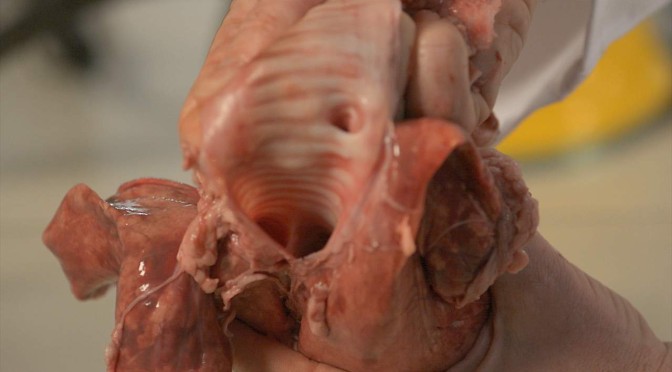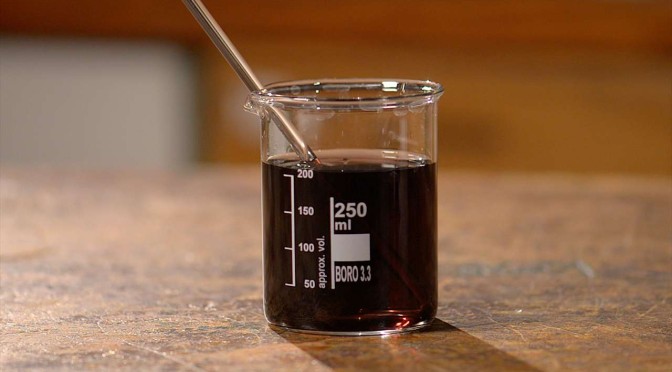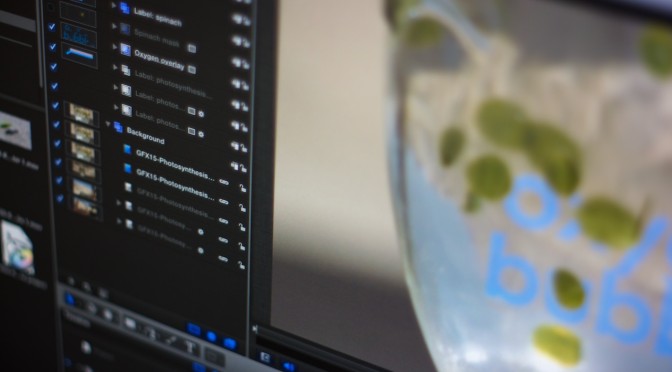As a Physics teacher, I’ve got a long list of classic demonstrations at my disposal for use in teaching everything from pressure to electricity to conservation of energy. I’ve had to teach some Biology in the past and I think it’s fair to say that Biologists are not so well resourced when it comes to demonstrations.
A large part of the reason for doing demonstrations in class, I think, is to get our students to look closely at the world, to really observe it in detail. In Biology, that means taking a close look at living things and the components of which they’re made. This video is unlike any of the other demonstration films we’ve made so far, but it was one of the most interesting I’ve worked on – I came away convinced that if I teach Biology again, I’d definitely make more use of dissection as a teaching tool.
 This film was produced for the Get Set Demonstrate project. Click through for teaching notes, and take the pledge to perform a demonstration to your students on Demo Day, 20th March 2014.
This film was produced for the Get Set Demonstrate project. Click through for teaching notes, and take the pledge to perform a demonstration to your students on Demo Day, 20th March 2014.






